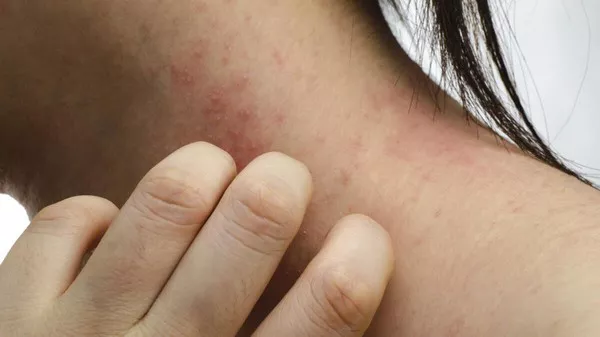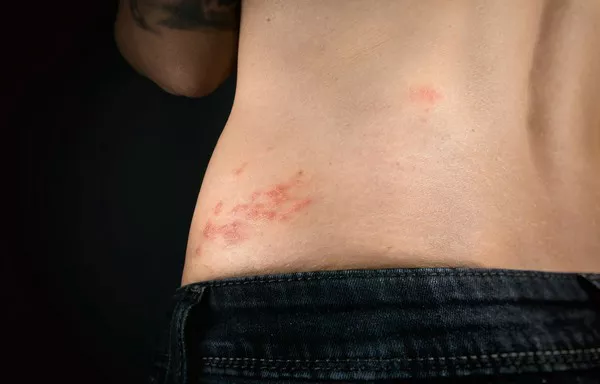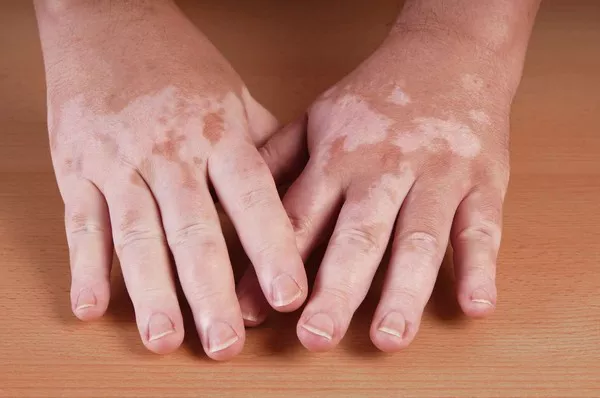Shingles, also known as herpes zoster, is a viral infection caused by the varicella-zoster virus—the same virus that causes chickenpox. After a person recovers from chickenpox, the virus remains dormant in the nerve tissues. Years later, usually in adulthood, the virus can reactivate and cause shingles. Understanding the progression of shingles is crucial for timely diagnosis, effective treatment, and managing its complications.
Initial Stage: Prodromal Symptoms
The progression of shingles typically begins with prodromal symptoms, which can appear several days before the rash develops. These symptoms may include:
1. Pain and Sensations: The first sign is often pain, itching, burning, or tingling on one side of the body or face. This discomfort usually occurs in a specific area, such as the chest, abdomen, back, or around the eye.
2. Flu-like Symptoms: Some individuals may experience fever, headache, fatigue, and general malaise during this initial phase.
The prodromal stage is important for recognizing shingles early and starting prompt treatment to reduce the severity and duration of symptoms.
Development of the Shingles Rash
After the prodromal phase, the characteristic shingles rash begins to appear. Key features of the rash include:
1. Appearance: A red, painful rash develops in the area where the pain or tingling was initially felt. The rash usually appears as clusters of fluid-filled blisters on a red base.
2. Distribution: The rash typically follows a dermatomal pattern, meaning it appears along the pathway of a specific nerve or group of nerves. This often presents as a band-like pattern around one side of the torso (most commonly), but it can also affect other areas of the body, including the face and eyes.
3. Severity: The rash can be extremely painful, and the blisters may continue to develop and spread over several days. The pain can range from mild to severe and may be accompanied by intense itching.
During this phase, the virus is actively replicating in the affected nerve tissue, leading to the characteristic skin manifestations.
Acute Phase and Complications
The acute phase of shingles encompasses the period when the rash is active and symptoms are most pronounced. Complications can arise during this stage, especially in individuals with weakened immune systems or older adults. Common complications include:
1. Postherpetic Neuralgia (PHN): This is the most common complication of shingles, characterized by persistent nerve pain in the affected area even after the rash has healed. PHN can be debilitating and may last for months or even years.
2. Secondary Infections: Bacterial infections of the skin lesions can occur, leading to complications such as cellulitis or abscess formation.
3. Ocular Involvement: Shingles affecting the eye (herpes zoster ophthalmicus) can lead to serious eye problems, including vision loss, if not promptly treated.
4. Neurological Complications: In rare cases, shingles can cause inflammation of the brain (encephalitis) or spinal cord (myelitis).
The acute phase of shingles typically lasts 2 to 4 weeks, after which the rash crusts over and begins to heal.
Healing and Recovery
As the shingles rash resolves, the affected skin gradually heals. Key aspects of the healing process include:
1. Scab Formation: The fluid-filled blisters dry up and form crusts or scabs. It’s essential not to pick at these scabs to prevent scarring and secondary infections.
2. Resolution of Symptoms: Pain and discomfort gradually improve as the rash heals. However, some individuals may continue to experience lingering pain, especially if they develop postherpetic neuralgia.
3. Follow-up Care: Depending on the severity of symptoms and complications, follow-up care may be necessary to monitor for lingering effects and provide additional treatment if needed.
Prevention and Management
Preventing shingles primarily involves vaccination, particularly with the shingles vaccine (e.g., Shingrix). This vaccine is recommended for adults over the age of 50, even if they have had shingles before. Early treatment with antiviral medications (e.g., acyclovir, valacyclovir) can help reduce the severity and duration of shingles if started within 72 hours of rash onset.
Managing shingles also involves:
1. Pain Management: Over-the-counter pain relievers (e.g., acetaminophen, ibuprofen) or prescription medications may be necessary to alleviate discomfort.
2. Topical Treatments: Calamine lotion, colloidal oatmeal baths, and antihistamines can help relieve itching.
3. Complication Monitoring: Close monitoring for complications such as postherpetic neuralgia is essential, especially in older adults.
Conclusion
Understanding the progression of shingles—from prodromal symptoms to resolution—can empower individuals to recognize early signs, seek timely medical attention, and effectively manage the condition to reduce complications and improve outcomes. If you suspect shingles or experience symptoms consistent with the condition, consult a healthcare professional for proper evaluation and management.
Related topics:
How Long is the Incubation Period for Shingles
How Long Is Shingles Contagious for NHS
The Best Diet for Shingles: Nourishing Your Body to Aid Recovery
























